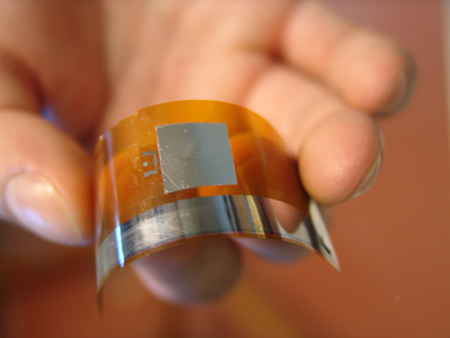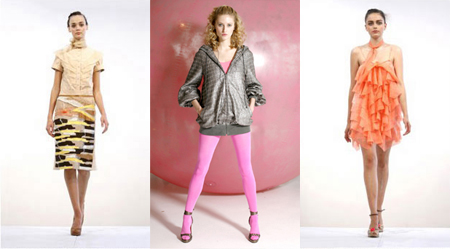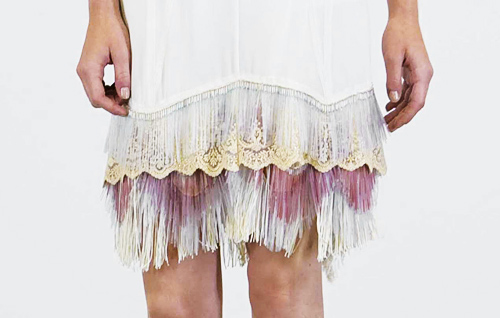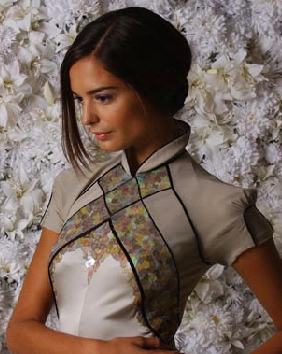 (image source via Ingrid Graz)
(image source via Ingrid Graz)
Physicists from Austria and the U.S. have built ultra-thin pressure sensors that are very sensitive and low in cost. They can be woven into sensitive textiles that have a range of potential applications for wearable technology. The technology uses pressure sensitive foils called ferroelectrets, which generate an electrical signal in reaction to pressure. As a result, the new thin-film transistors (TFTs) can switch back and forth in reaction to pressure and they are flexible enough to be integrated into clothing.
For more detailed info on how it works, the research has been published at Applied Physics Letters titled "Flexible ferroelectret field-effect transistor for large-area sensor skins and microphones" found here.
More info via FWF and Roland Piquepaille's Technology Trends.








